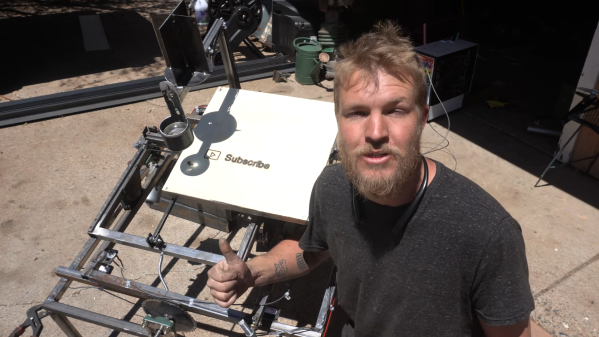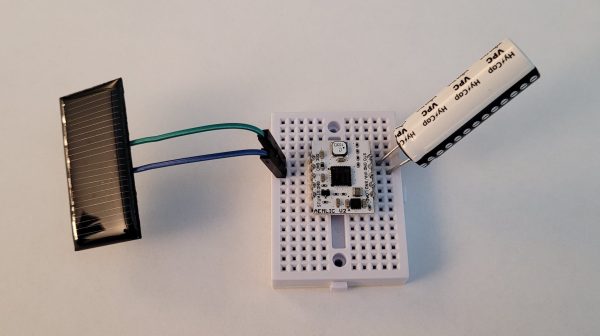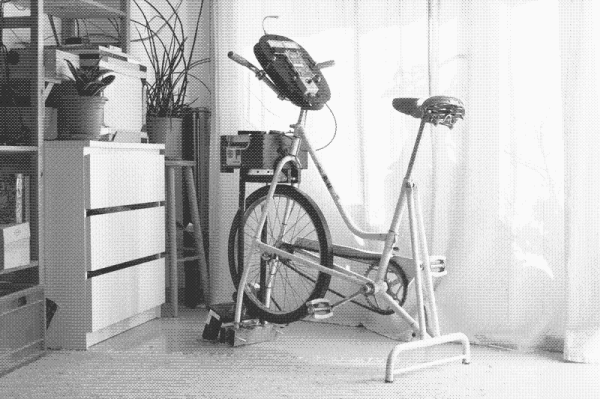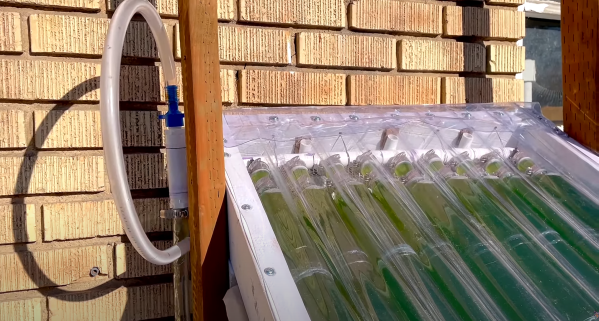Time flies! This weekend marks the end of the first stage of the 2022 Hackaday Prize, and your chance to enter your alternative-energy projects. There are ten $500 prizes up for grabs, and there’s still time to whip up a project page over on Hackaday.io to showcase it.
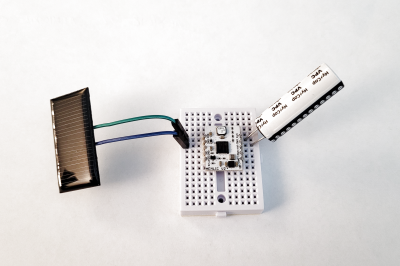 In this round, we’re looking for projects that harvest their own energy — solar, wind, heat, vibration, you name it — or projects that make it easier to collect, store, or use renewable energy. Whether this is microwatts or megawatts, the scale of the project is up to you! As long as it’s using or making it easier to use clean energy, we want to see it.
In this round, we’re looking for projects that harvest their own energy — solar, wind, heat, vibration, you name it — or projects that make it easier to collect, store, or use renewable energy. Whether this is microwatts or megawatts, the scale of the project is up to you! As long as it’s using or making it easier to use clean energy, we want to see it.
So far, we’ve seen some great projects, ranging from a optimizes the tilt angle of a home solar installation to a demonstration of using a new type of lithium-ion capacitor to add solar power to smaller projects. We really love [MartMet]’s simple Bluetooth thermometer hack, which adds a supercapacitor and solar cell to an outdoor thermometer, and then uses hacked firmware to log the charge status over a year of use! We’re suckers for good data.
The sun is not the only game in town, though. There are a surprising number of projects based on human energy production in emergency situations, from cranking to shaking. Thermionic converters were new to us, but we love explorations of fringe tech. Other traditional favorites like wind and water may make more sense for larger applications. And don’t forget how you’re going to store all this juice you’ve collected.
![5315181650477410414_thumbnail [Nick Poole]'s thermionic converter array](https://i0.wp.com/hackaday.com/wp-content/uploads/2022/04/5315181650477410414_thumbnail.png?w=396&h=396&crop=1&ssl=1)
![5079001583214379162_thumbnail [Anuradha Gunawardhana]'s 18650 Pack](https://i0.wp.com/hackaday.com/wp-content/uploads/2022/04/5079001583214379162_thumbnail.png?w=396&h=396&crop=1&ssl=1)
In short, we’ve got a bunch of great entries, but we’re still missing yours! There’s no minute like the last minute: if you’ve done some work in clean or renewable energy, set yourself up a Hackaday.io project page now. You’ll help make all our projects cleaner, and stand a good chance of taking home some real money to boot!
Once we’ve handled power, the next round is “Reuse, Recycle, Revamp” where any tech that uses recycled parts or facilitates reuse, repair, or recycling is fair game!




